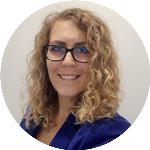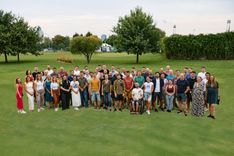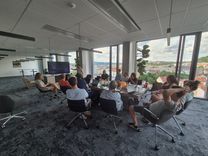Recently, at LOGEX, we had the opportunity to participate in an experiential first aid course led by an experienced paramedic, Marek, known online as "Rescuer on the Road." Marek is not only a skilled paramedic but also an passionate traveler and freediver. However, he came to our course to share valuable information about first aid.
The course began with theory, which was interspersed with numerous examples of emergency calls and videos. Each of us has probably imagined what it is like to call an ambulance, and some have unfortunately experienced it firsthand. Hearing the panic in the voices of people trying to get help for their loved ones was chilling and reminded us how important it is to stay calm and focused in such situations. In the videos, we saw how people put their lives at risk through carelessness, sometimes with fatal consequences. Marek explained how to provide first aid without putting ourselves in danger. One tip was that if someone is bleeding, we should use rubber gloves to protect ourselves.
What basic information did we take away?
• We check a person’s vital signs by listening for breath and observing the rise and fall of the chest for 10 seconds. If we notice any abnormal behavior, like gasping or interrupted breathing, we start first aid.
• Chest compressions are done at a rate of 100-150 compressions per minute. We can maintain the tempo by remembering the song "Stayin' Alive" by the Bee Gees, which has the correct rhythm. https://www.youtube.com/watch?v=I_izvAbhExY
• If we know the ambulance won’t arrive within five minutes, mouth-to-mouth resuscitation should be started – two breaths followed by thirty compressions to prevent brain damage in the rescued person.
• For bleeding wounds, we should use pressure bandages and apply a tourniquet only in very serious cases, such as injuries to the arm or thigh.
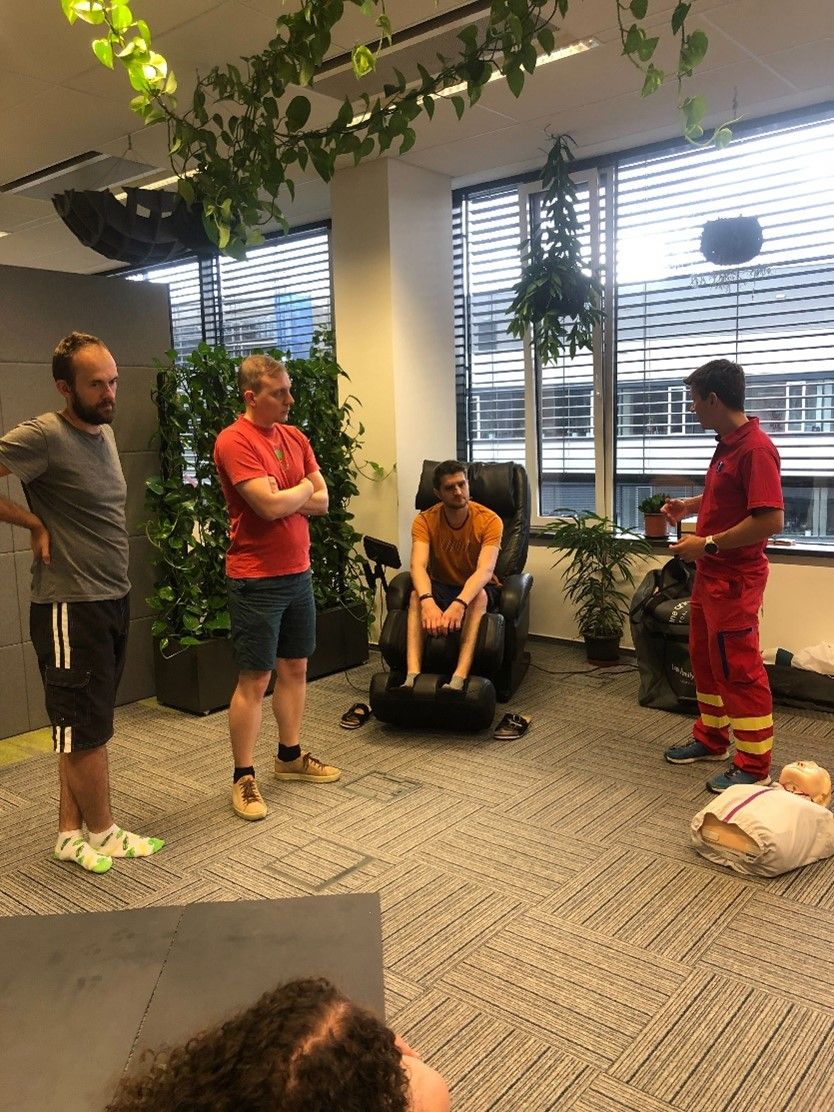
We found out that to determine your location when calling for help, it's not best to navigate by the stars, but rather to look at street lamps, which have numbers that emergency services can locate on a map. The easiest way is to use the Záchranka app.
If you take just one thing from this article, let it be the importance of installing the Záchranka app. With one button, you can call for help instantly. You can also input your personal information, such as any medical conditions or medications you take. The app can be used in test mode, so you won’t accidentally press the call button. It also provides instructions on how to handle specific injuries and basic first aid information. This means you can continuously educate yourself with the app. So, have you downloaded it on your phone yet?

After the theory session, we took a short break and then dove into a practical first aid demonstration. We split into two groups. Marek took the first group and created various injuries for them, which the second group then had to treat. He even used fake blood to simulate bleeding injuries for added realism.
Meanwhile, the second group practiced chest compressions on mannequins, reaffirming how challenging it is to maintain compressions for an extended period. We also practiced wrapping a colleague in a thermal blanket, performing the Heimlich maneuver, moving a colleague into the recovery position, and using a defibrillator. We learned that there's no need to be afraid of the defibrillator – it provides clear instructions and warns us when to step back to avoid getting shocked ourselves.
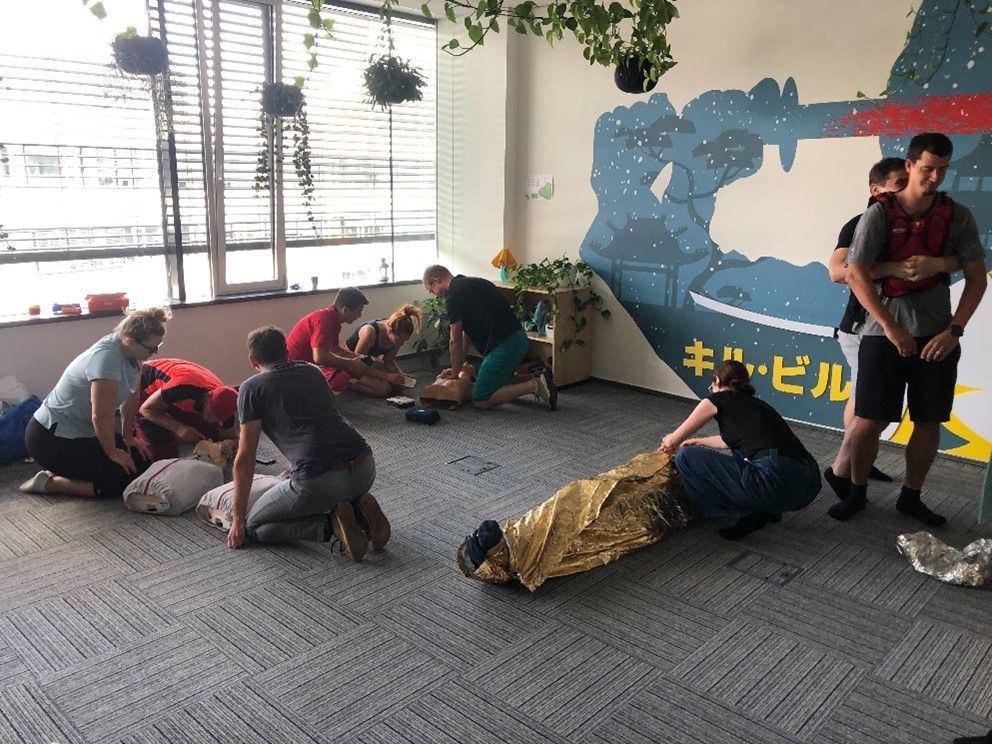
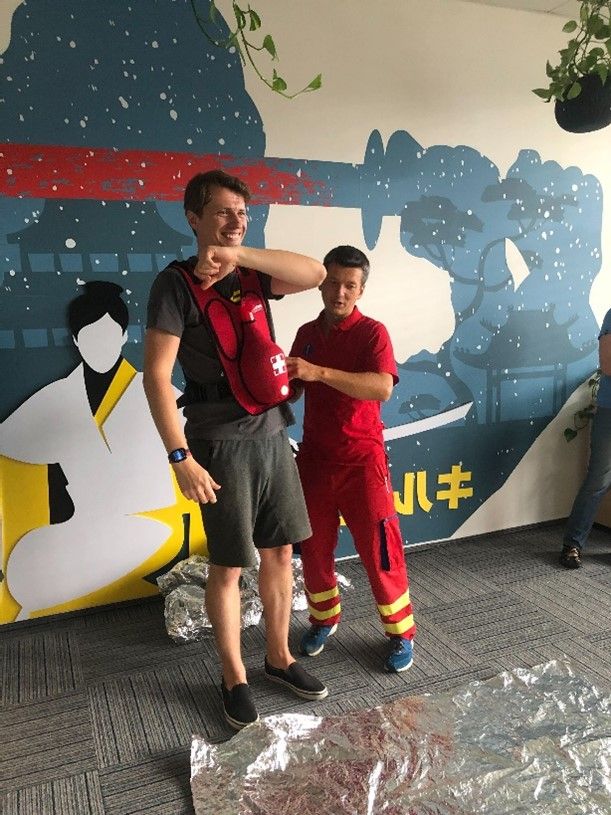
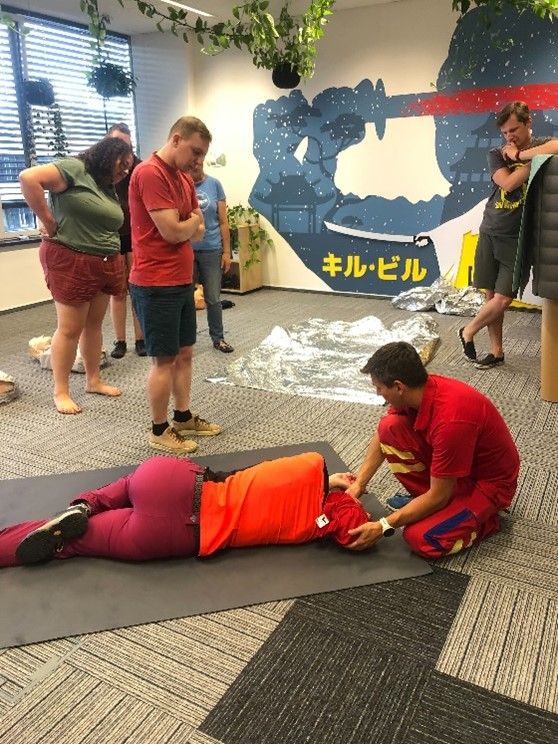
Once we had practiced everything, it was time to start rescuing the second group of our colleagues. Seeing so many "injured" was not easy, but we clearly divided the roles. One person called the ambulance (pretending with Mark's help), and others began assessing the cases, starting with the most serious and gradually moving to the less severe ones.
We dealt with cardiac arrest after electric shock, suspected heart attack, food poisoning, hypoglycemia, asthma, a severed finger, bleeding injuries, and much more. During the practical rescue, both groups switched roles so that everyone could experience being both a victim and a rescuer. Even though we all knew the injuries were just pretend, it put us in a stressful situation, which helped us remember the correct procedures.
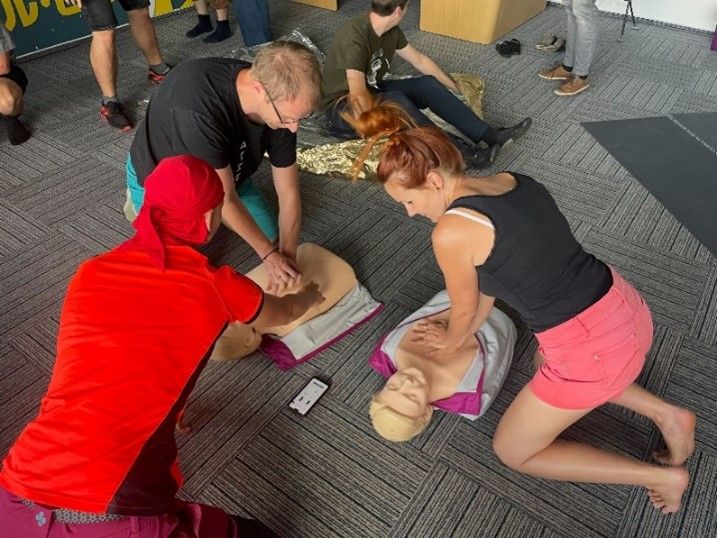
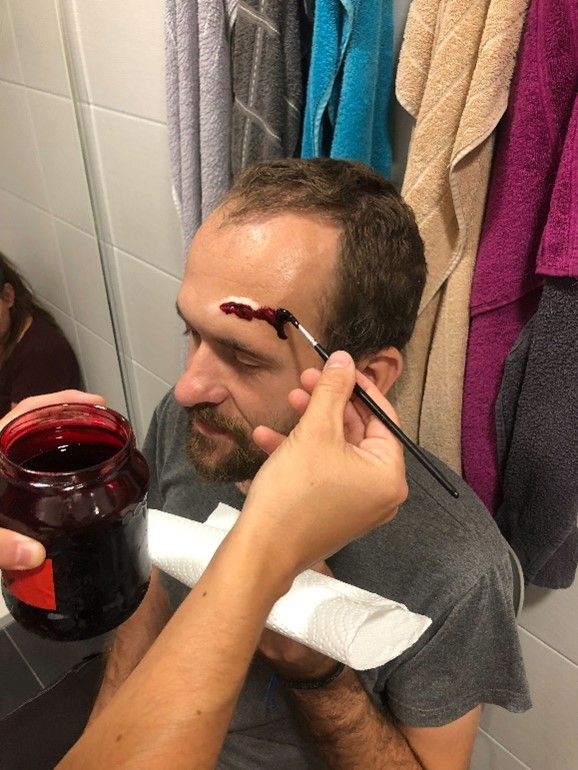
We would like to thank Mark for imparting so much important information to us in just four hours. We hope we won’t need to use it, but if we do, we will be prepared. If you want to learn more about Mark’s work, be sure to visit his website. (Záchranář na cestách – [Cestovatelský web https://zachranarnacestach.cz/


